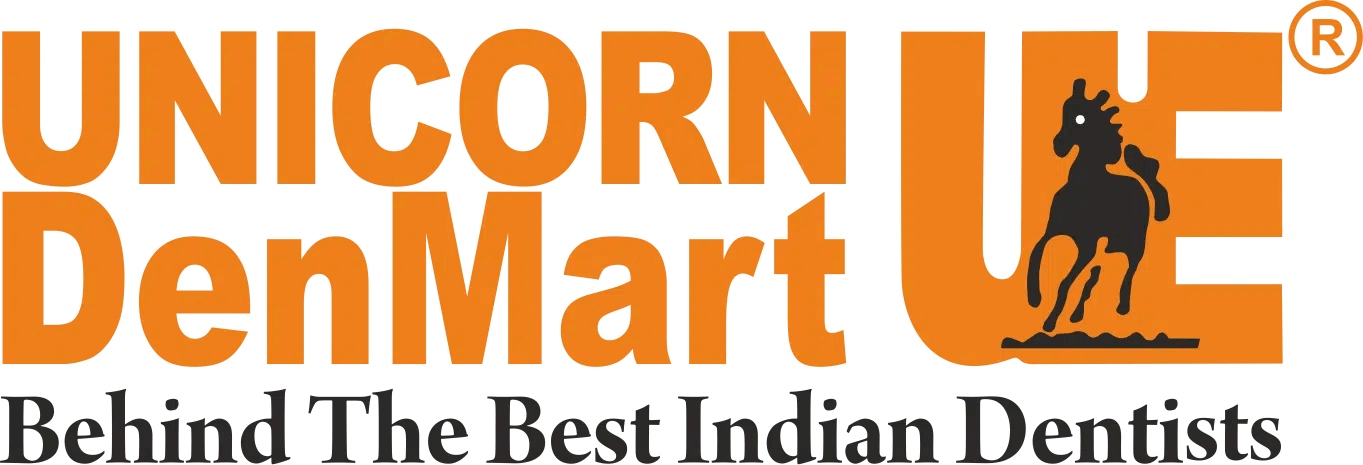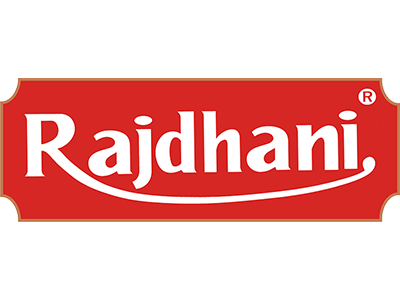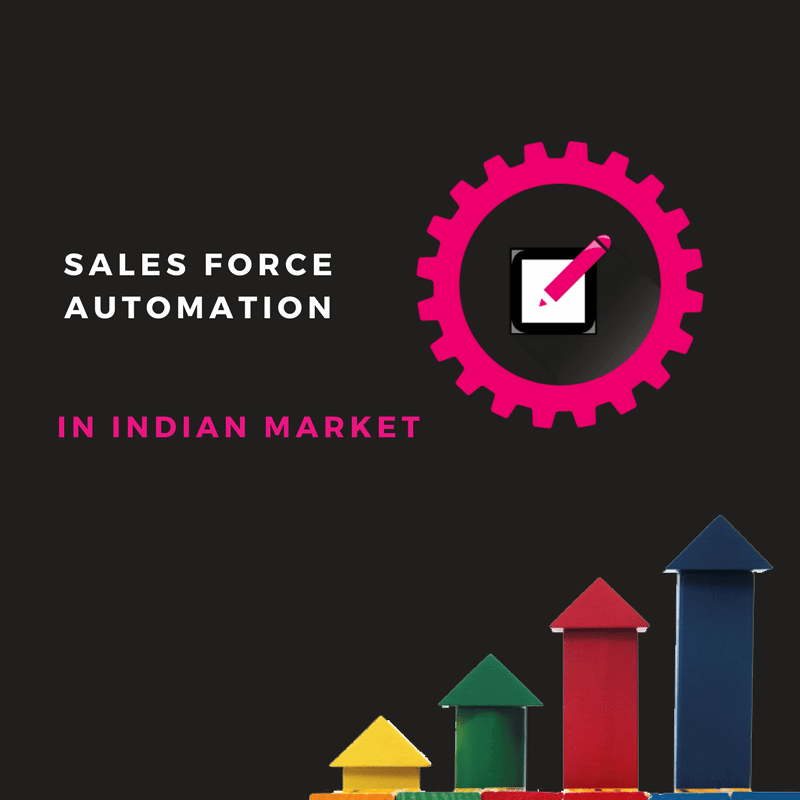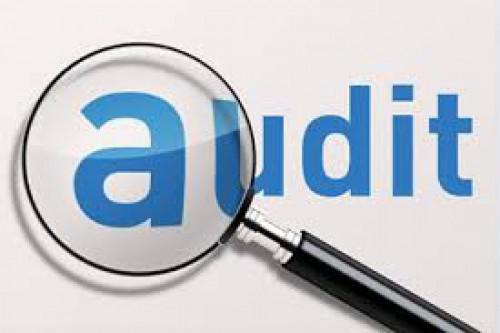WHAT IS AN INVENTORY AUDIT?
Inventory audits are the steps in which an auditor uses specialized analytical tools to match the financial figures of the company with the number of products that they have sold.
These audits are essential for businesses because they maintain the accuracy of the inventory and also help figure out the missing spots if any which may lead to the loss of the company.

These audits also ensure the number of stock remaining in the storage; a good inventory must have calculated stocks which they may use at the desired time. If the businessman has a good understanding of the stock-flow within the company, he may be able to run his business smoothly and ensure better profits.
INVENTORY AUDIT: PROCEDURES
Every Audit consists of a number of procedural steps that are taken care of by the external auditor and the internal employee of the company mainly because of record validation. Procedures usually include recalculation of stock, performance, confirmation of goods, observations made by the auditor, logical analysis of the products, etc.
There are various procedures which are followed during an Inventory Audit. Let’s have a look at them:
-
Physical Counting:
This process includes physical counting of each item in the inventory to keep check with. The person makes sure that this process is done at the beginning because it may cause inconvenience in the later stages of the auditing. The physical counting these days have been advanced to technology like the Bar Code Scanning which sets a record of the items present in the stock and later can be altered from the system itself. It is basically count proofing and a tech-advanced way of counting each item and remembering the number.

Physical Counting -
Layering:
There are two ways of doing an inventory; LIFO which stands for Last-in-First-out and the other one is FIFO which is First-in-First out. The layering of the inventory is essential to make sure that these steps become valid and functional.
-
ABC Analysis:
This is also known as the High-Value Inventory Analysis. In this analysis, the auditor separates the stock items and divides them as, Group A- High-value Items, Group B- Middle-Value items and finally Group C with Low-Value items. This division of the ABC groups saves time and also largely decrease the risk of any theft in the process. The External auditors usually spend their time with Group A who analysis the high-value items. This is known as the High-Value Inventory analysis.
-
Inventory Transition Analysis:
This procedure includes analysis of items or goods which are/were in transition. There are a lot of times when the inventory items have to be shipped from one location to another; the company must have all the details of tracking the shipment, from which date the shipment started, the time between the shipments and every detail that is related to the shipment of the item. In this procedure, the transition analysis is kept foremost in mind to make sure that no item is lost or damaged during the transition. The external auditors analyse this inventory transition by studying the transition records of the items.
-
Shipping Cost:
This process analyses the cost of any shipment of items from one place to another and includes the charge in the capital of the business.
-
Finished Goods Cost Analysis::
This step includes a cost analysis of the ‘finished goods.’ Any item whose inventory has been completed by the auditor is referred to as the finished goods. These items are now ready to be sold in the markets. The business owner can now study the value of inventory for the on-going accounting period.
-
Labour cost:
Every product which is being produced must have labour or service which is making it. The cost of this labour for a specific product or work order is known as direct labour cost. This cost is the cost of production, regular hours of work, overtime hours, etc. The labour cost also includes payroll taxes or any other pay tax which is associated with the workmen. This analysis is done only when the company includes direct labour cost in the cost of inventory.
-
Overhead charges::
These charges include the indirect cost of running a business like electricity bills, water supply bills, cost of rent, etc. All these are known as overhead expenses. Auditors will only look at the details of this analysis if it is included in the cost of inventory.
-
Investigation of missing items:
This step involves investigating the difference which is occurring between the count of the actual amount and that on the records of the warehouse. This miscalculation is analysed, and adjustments are made to the records to show these miscalculations. This step is very crucial in the inventory analysis as this is the part where can cheat the auditor.
-
Testing Invoices:
This process includes matching the invoices with the actual price of the products to support all the documents to check if the items were billed correctly and were sold to the correct customer and on the correct dates. This analysis tests the full workflow of the business, and the whole inventory can be checked. Any ups and downs in these figures may be a problem.
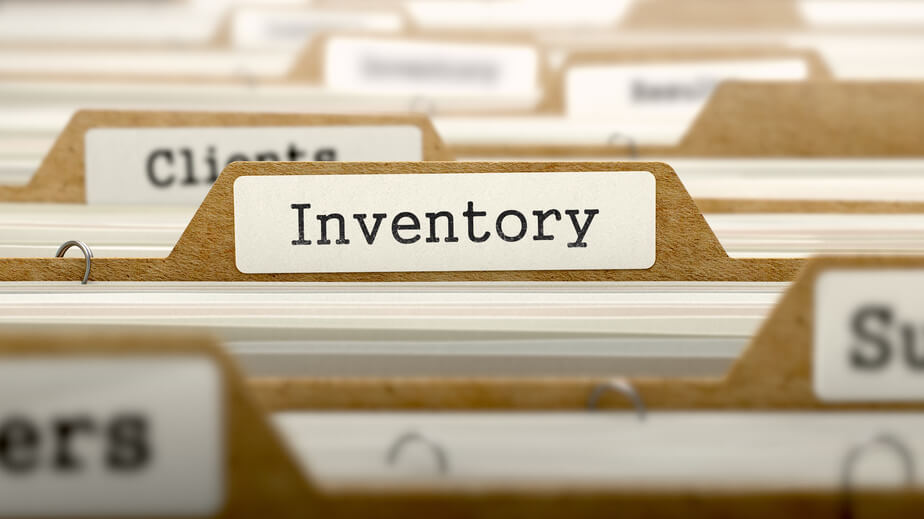
Invoice Testing -
Matching Invoices with the Shipping Amounts:
This process cross-checks the amount on invoices of each item with the amount printed on them at the time when they were shipped from the warehouse.
-
Cash Receipts Analysis
The auditor for verification checks the cash receipts for all the items sold which were paid by cash. Cash inflow and outflow are significant as this is the area where most miscalculations take place.
IMPORTANCE OF INVENTORY MANAGEMENT
Every company or business organization should have efficient inventory management systems to reduce the complexities of audits and probabilities of fraud. For instance, there should be a tracking system installed on the premises which track the number of items entering and leaving the facility; there would naturally be timestamps involved in this process which can in-return to be very beneficial for the business.
Having Inventory Management systems like this will ensure that your business is operating at full efficiency with guaranteed profits and one can also track the stock items for transparency and reducing the length of audits. Whenever an external auditor comes, the business will have all the data accurately arranged for them to analyze and there would be lesser reasons to fear the term ‘Audit.’
Trusted by 500+ Clients
Get in Touch
We are here for you, and we are wearing our thinking caps




